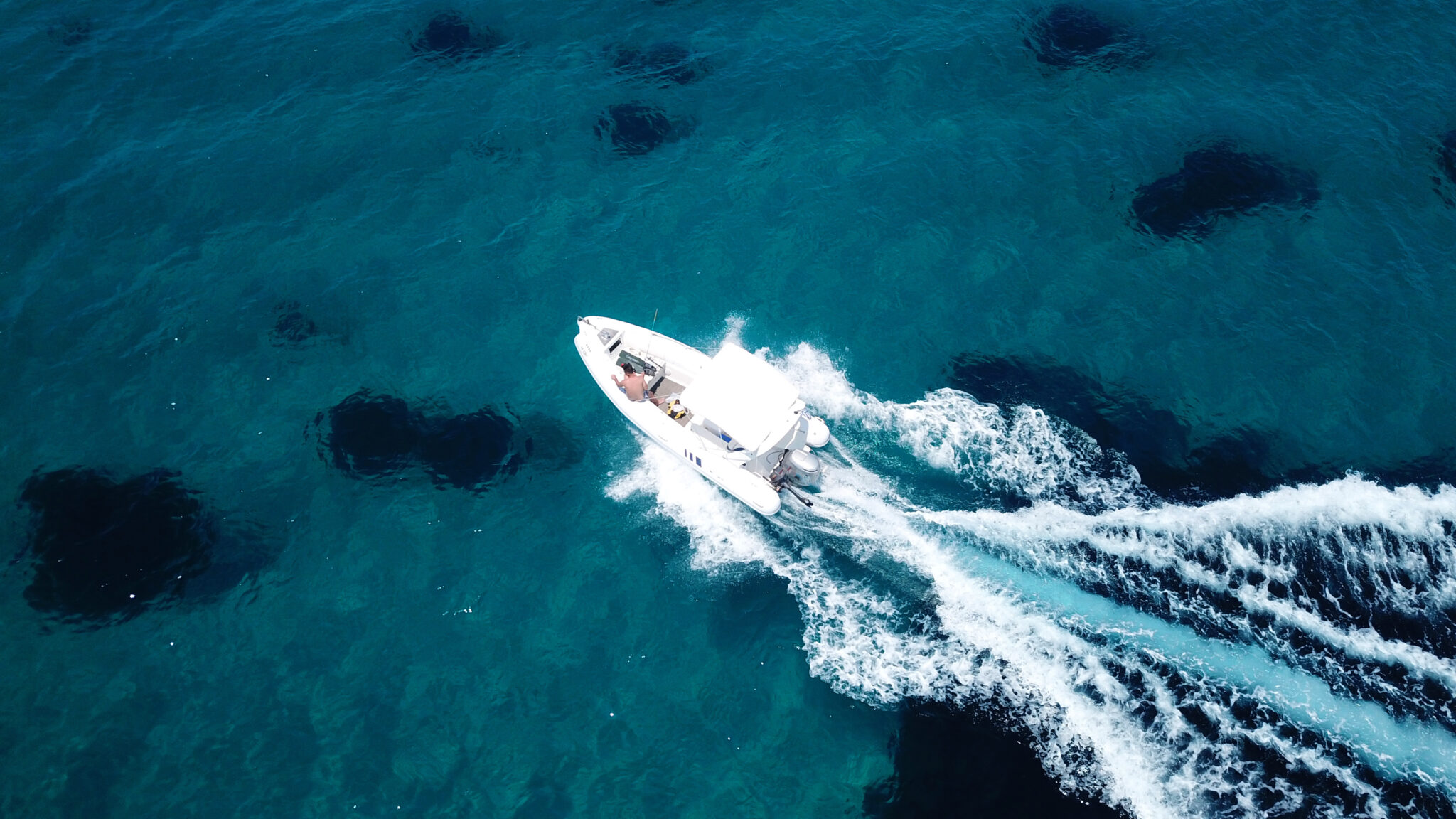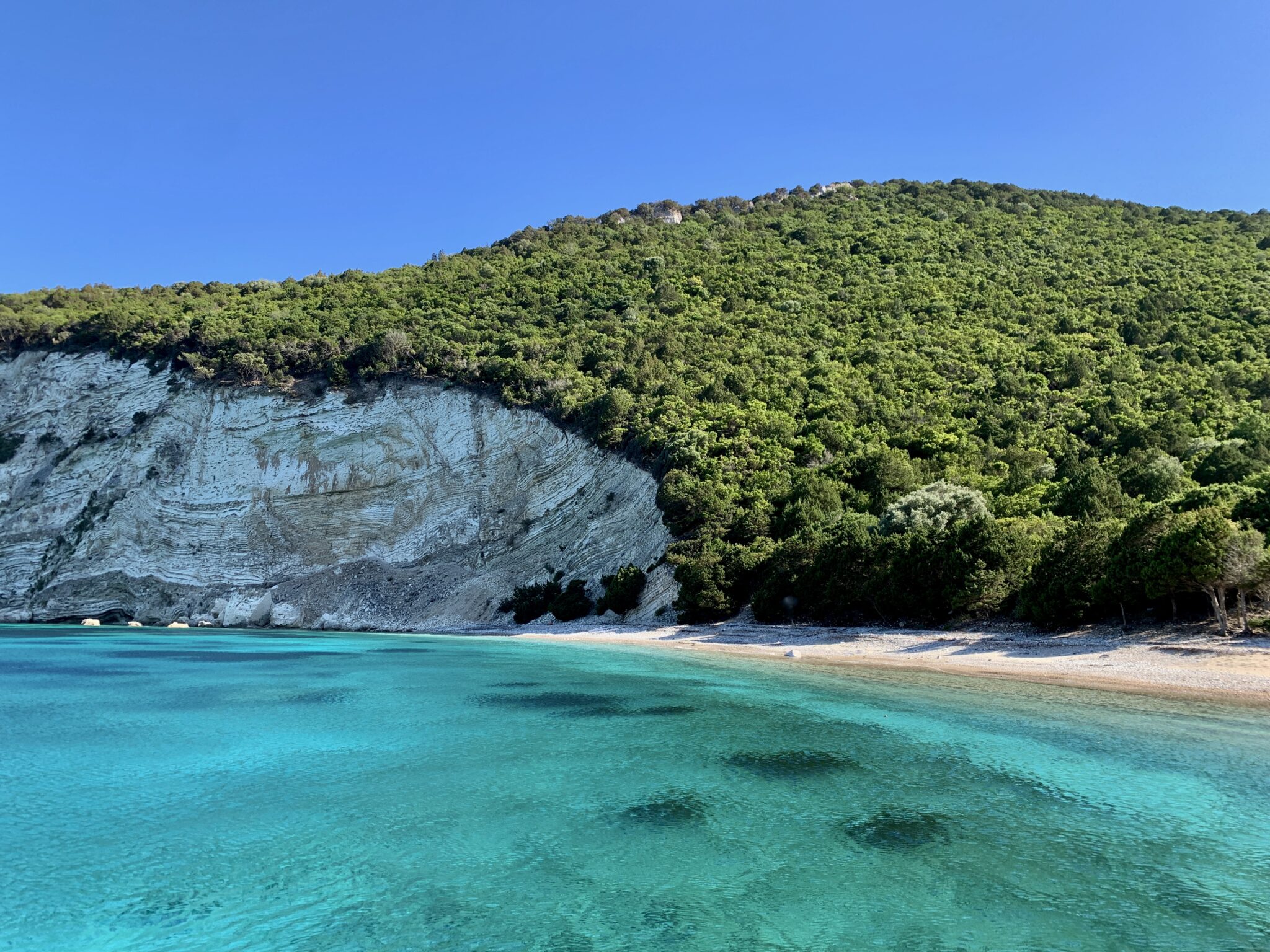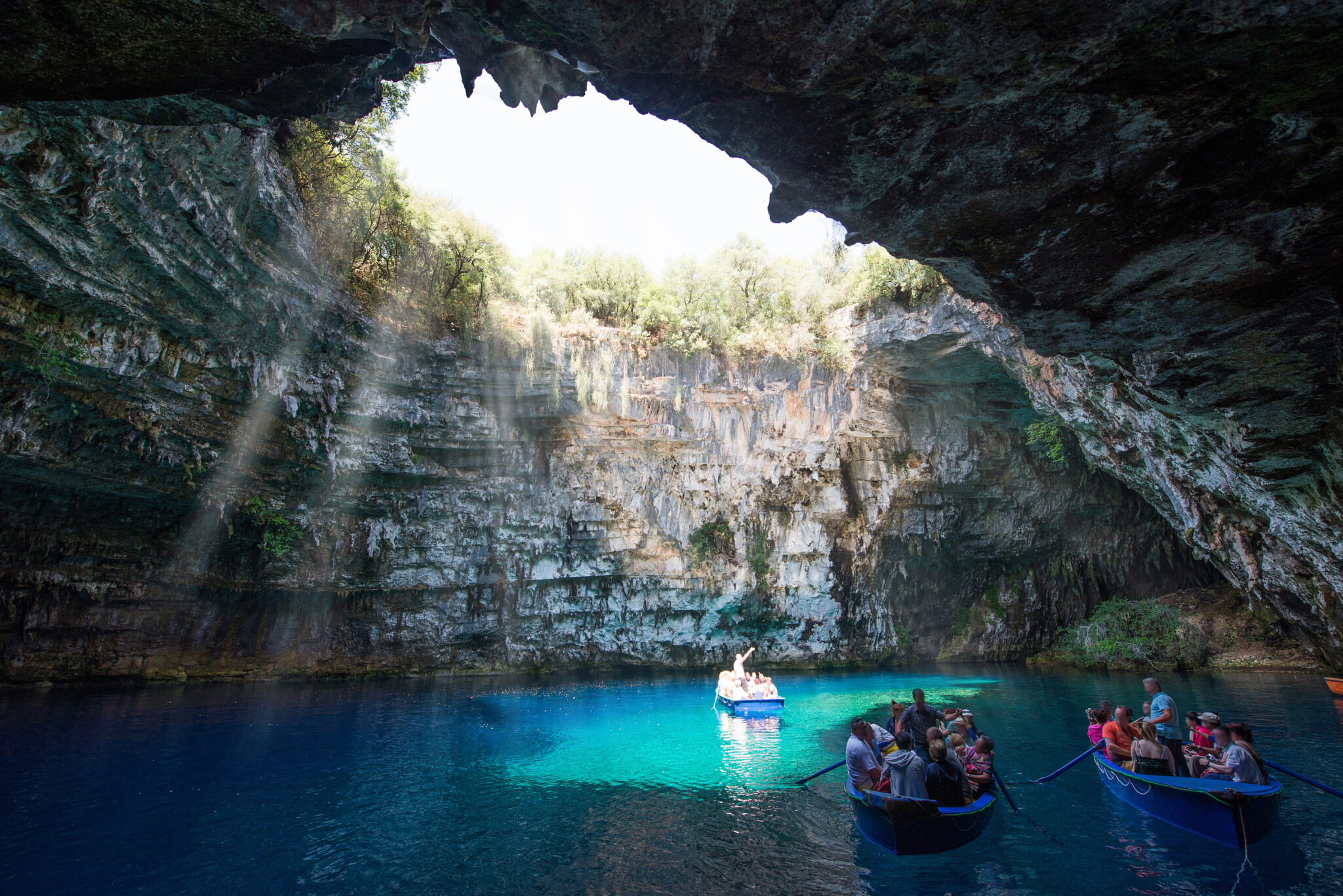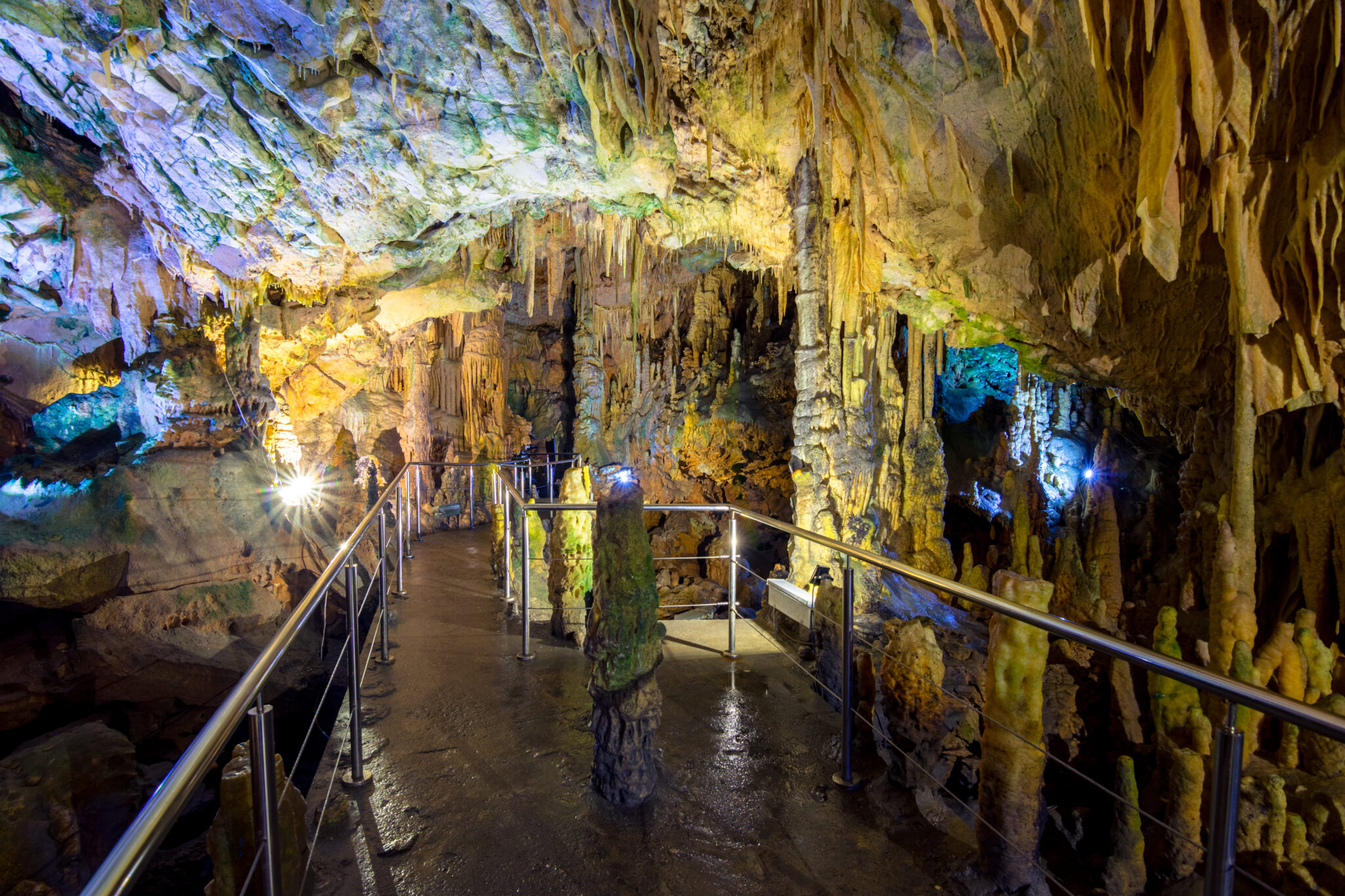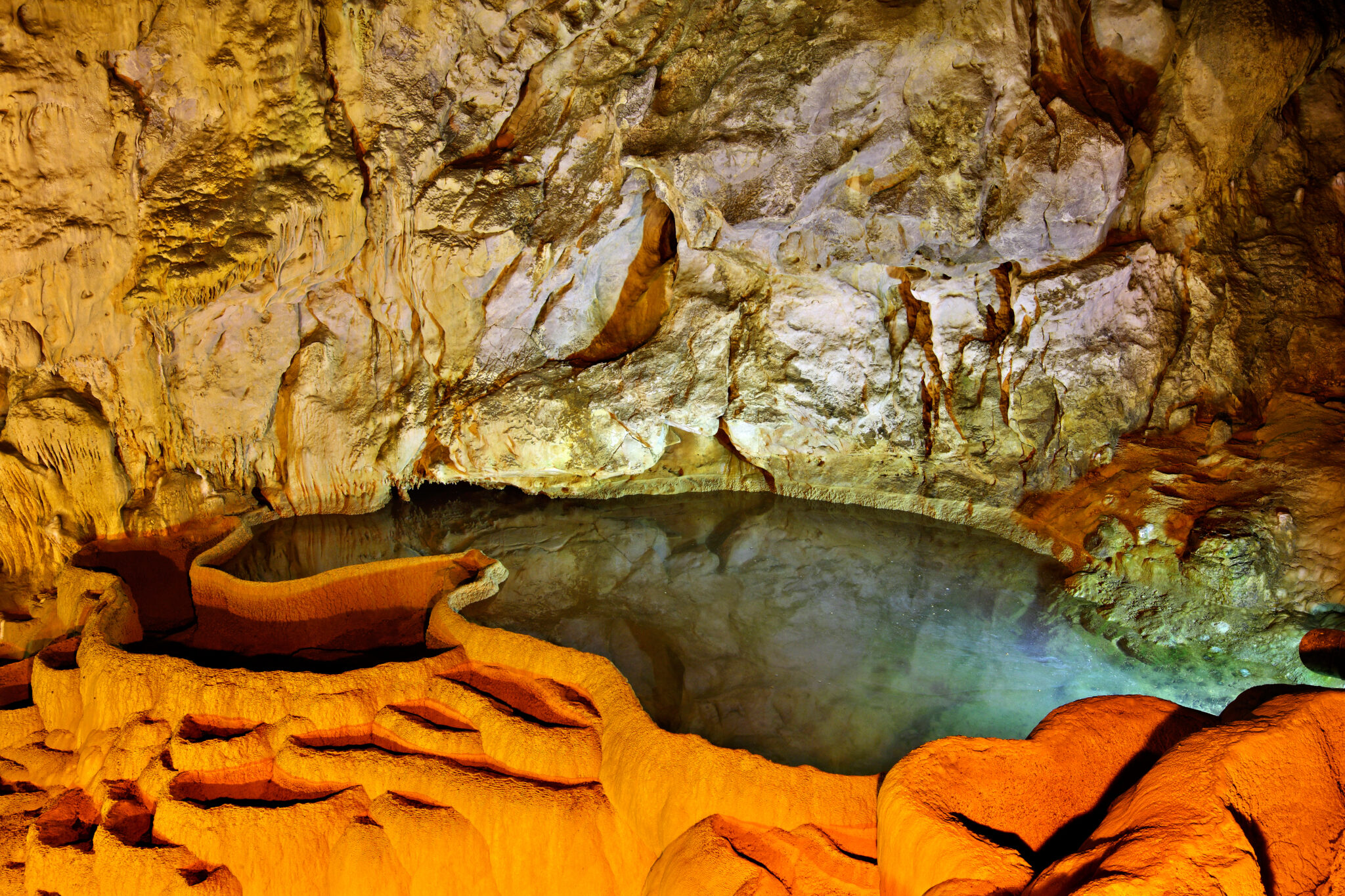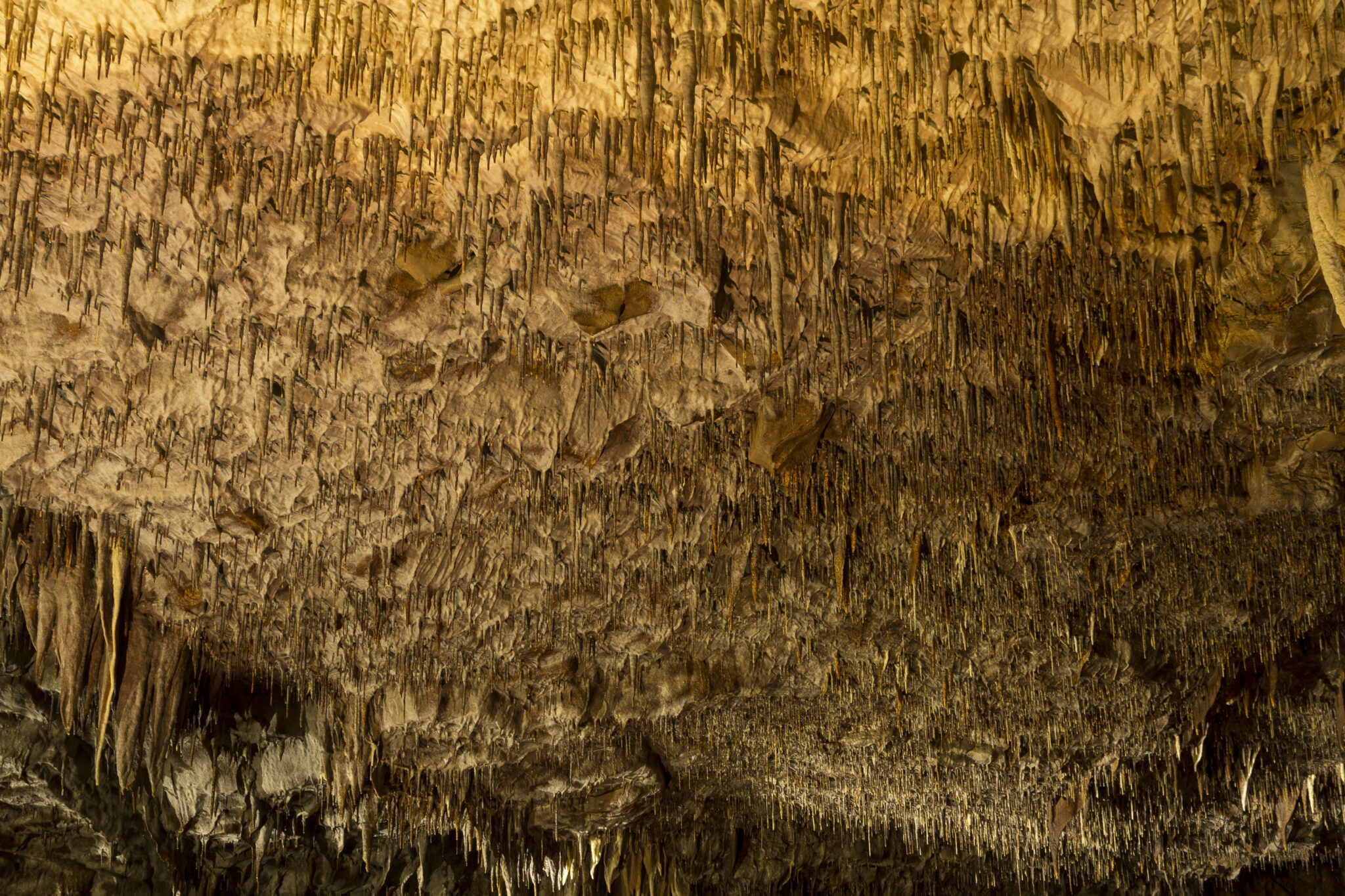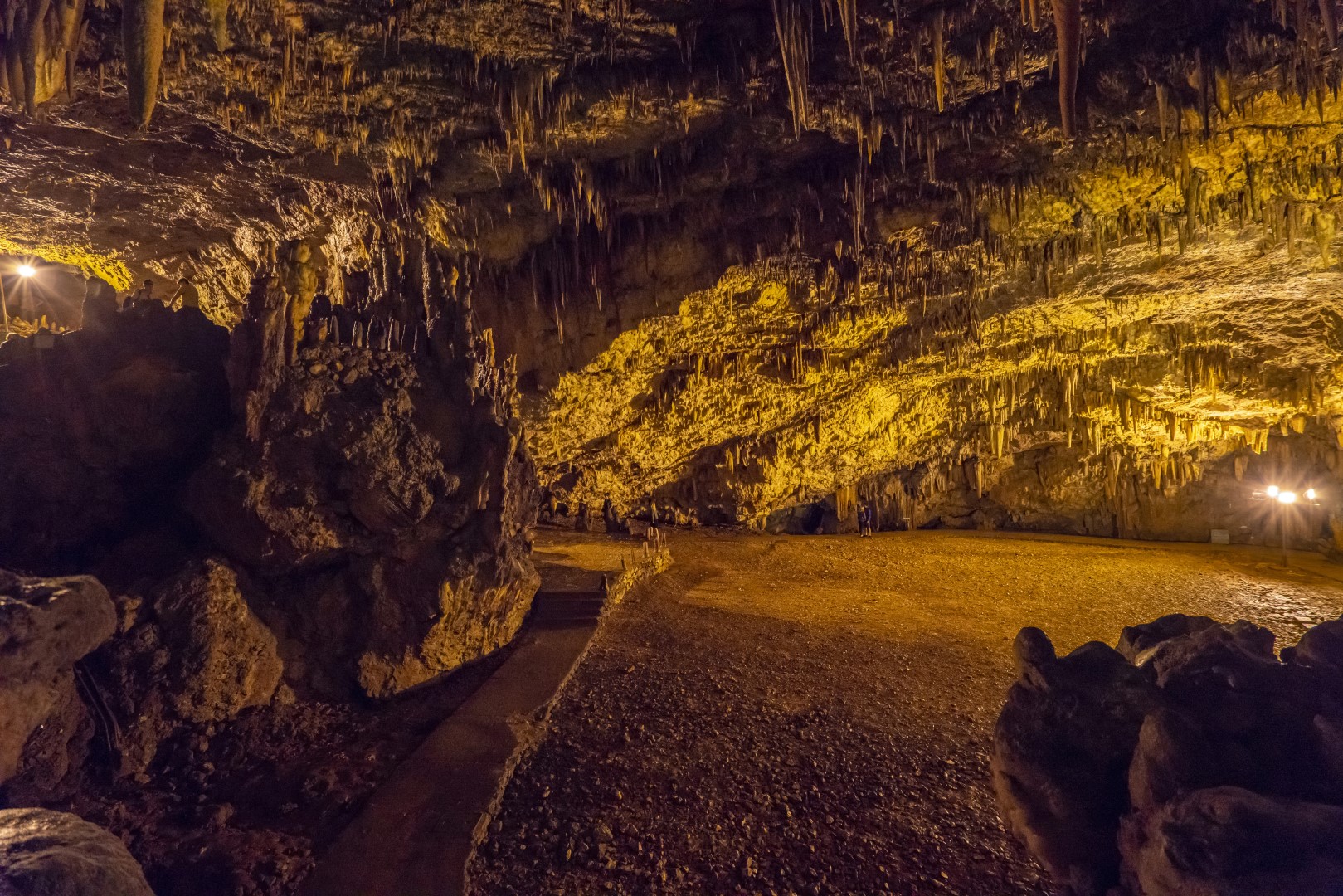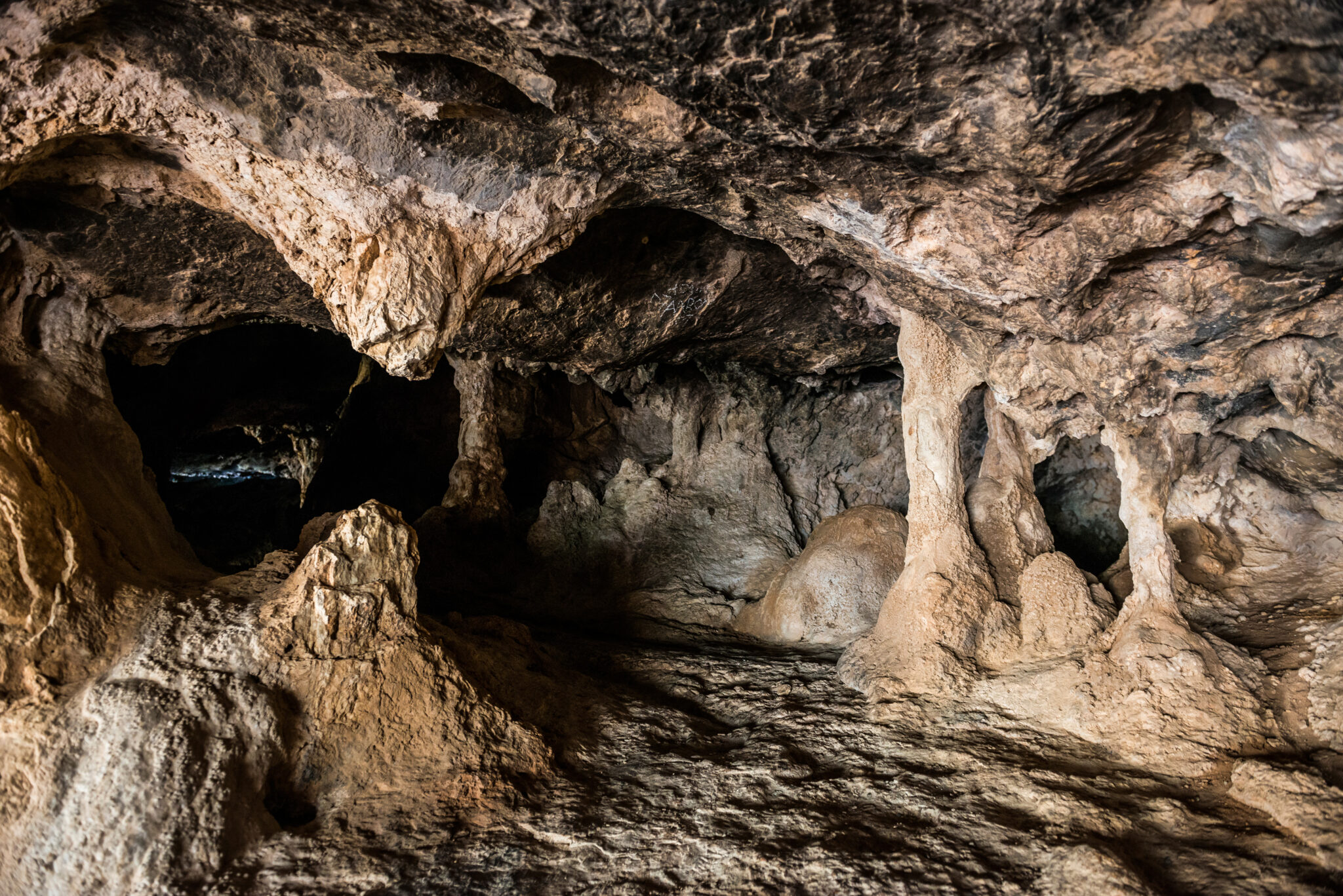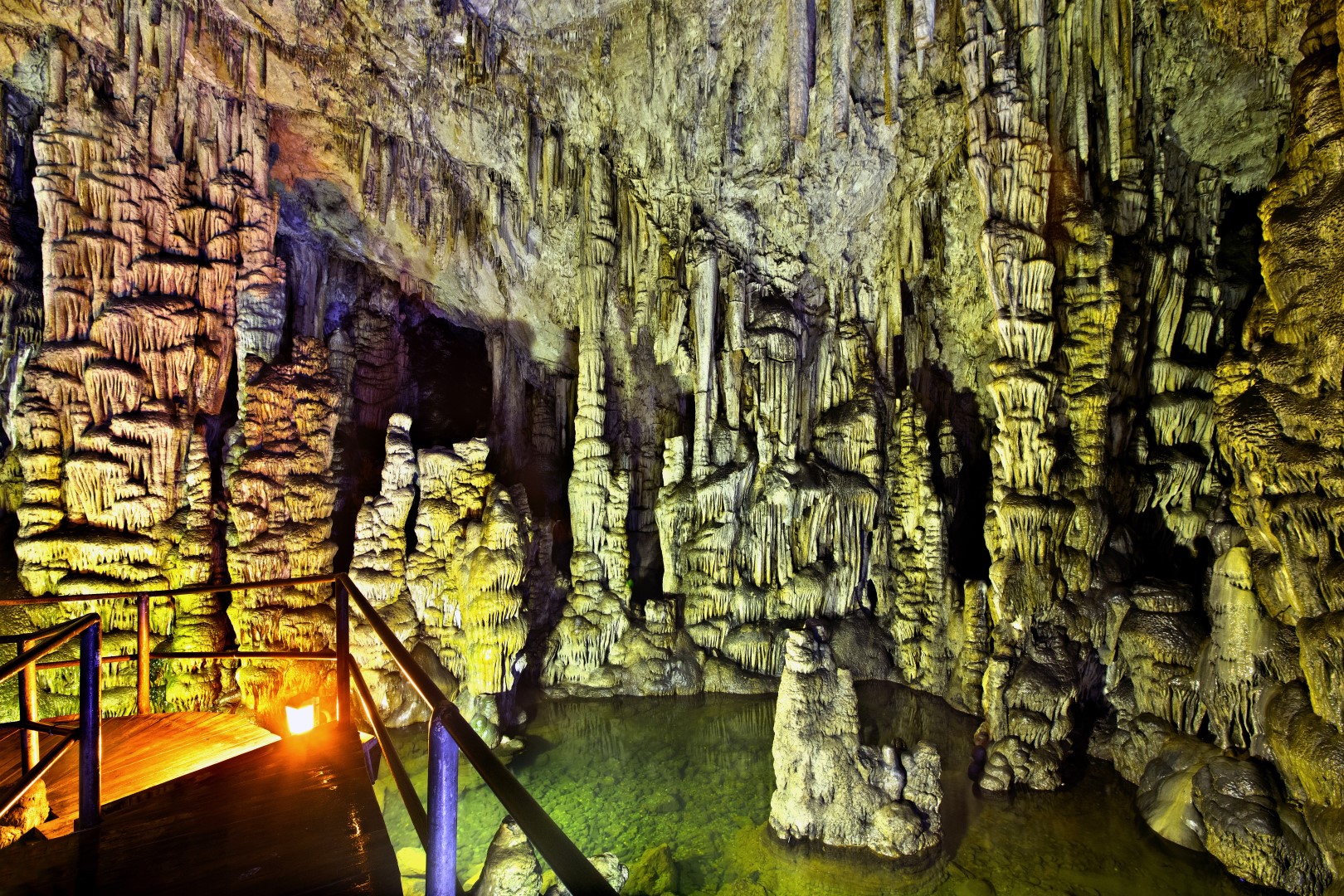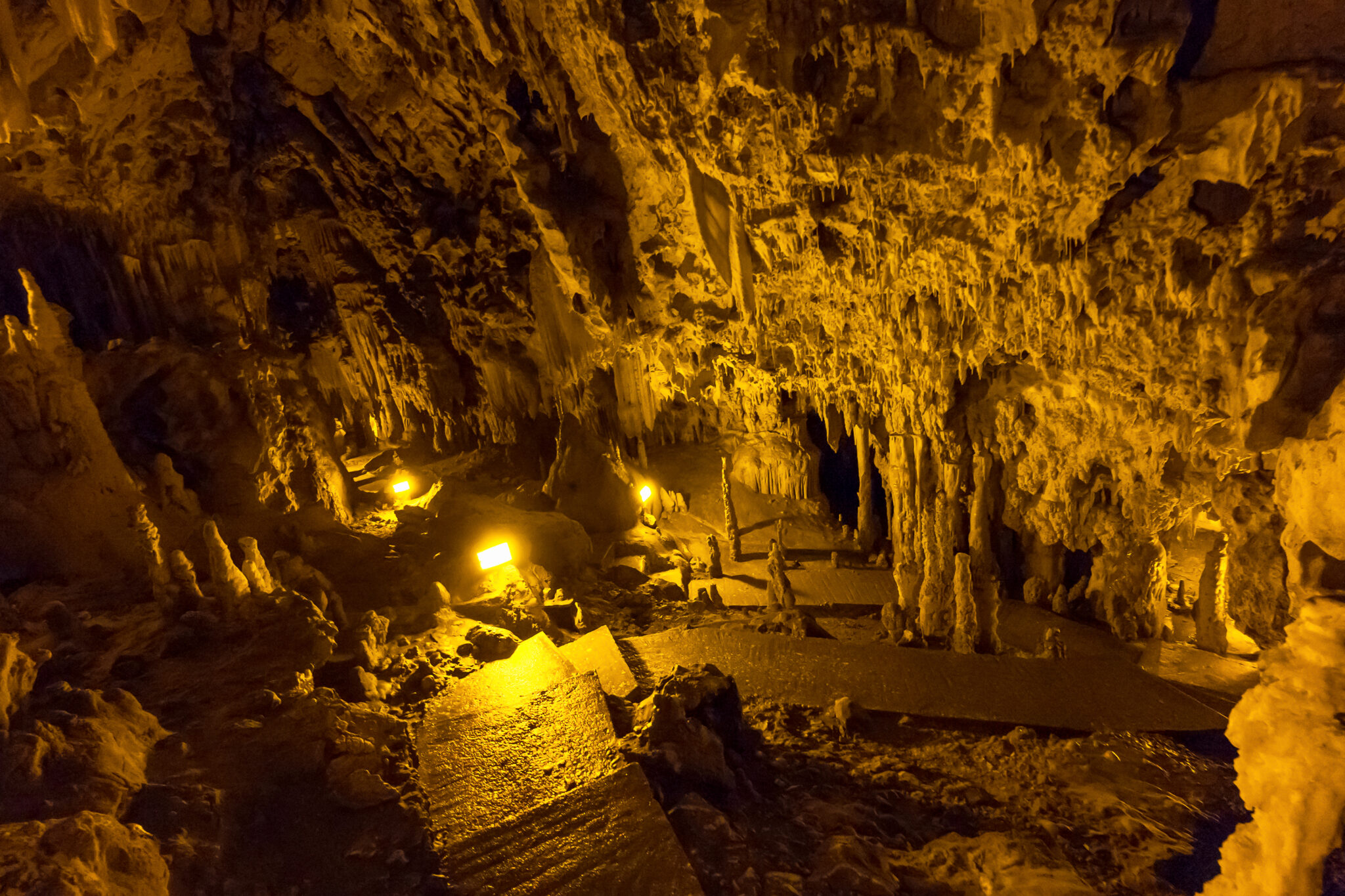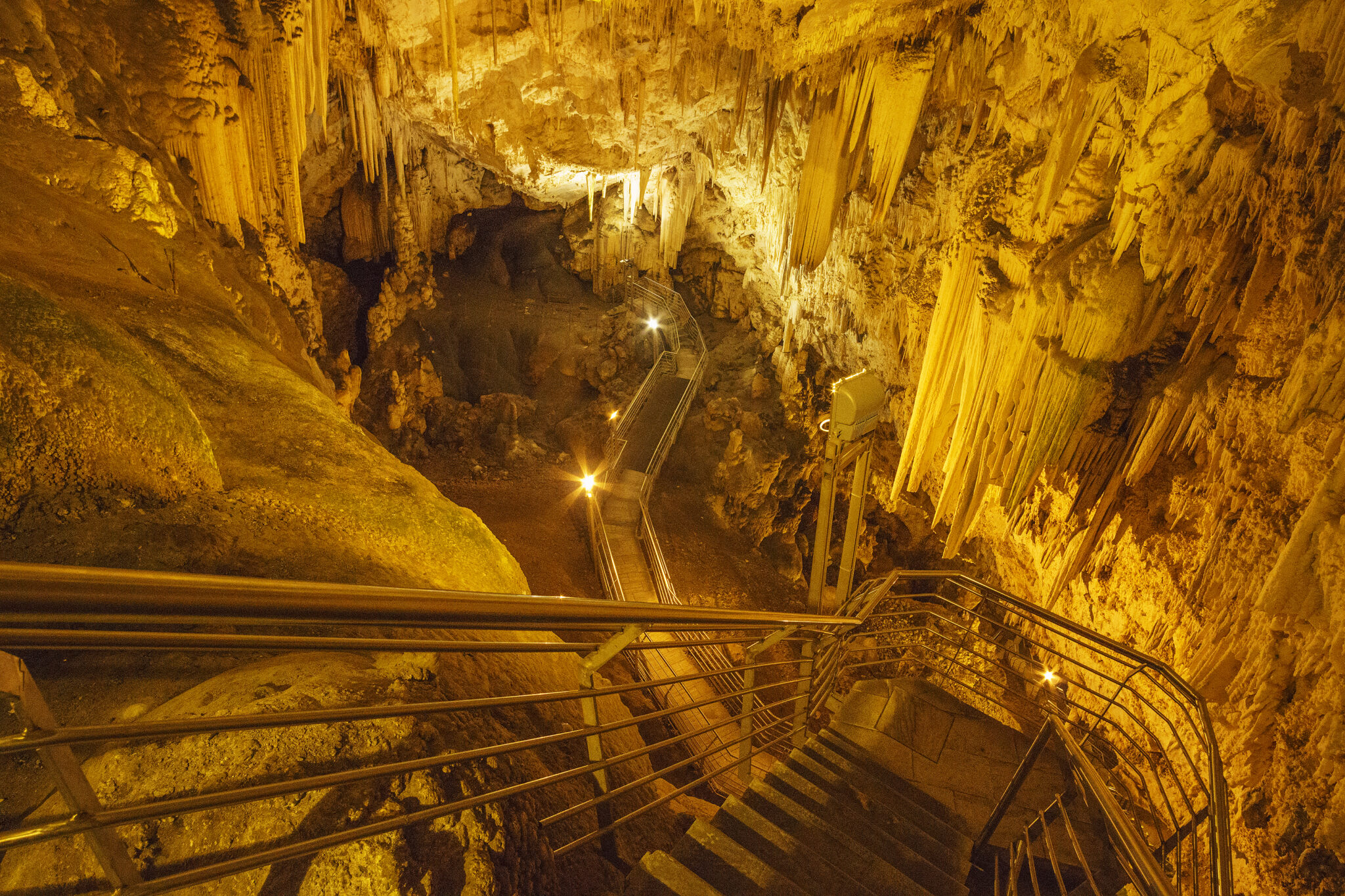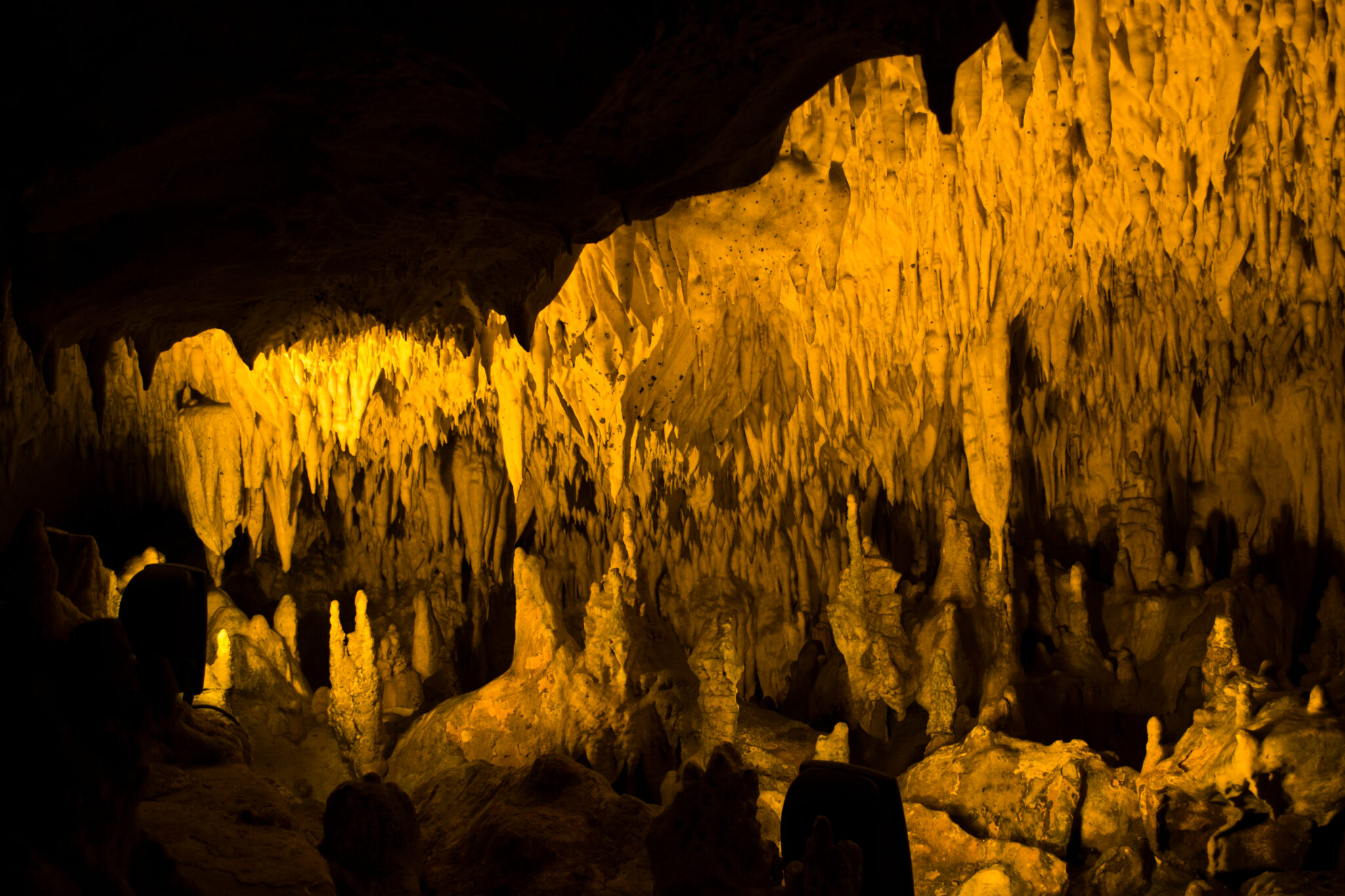On our richly diverse planet, there are some pretty unique places. Oscillating between beauty and ferocity, their majestic features leave us gawping with amazement and awe. Yet, their value stems from something else, something much more profound.
In caves around the world, nature meets history and culture, as they’ve witnessed humanity’s first tentative steps. These were the first places that humans “conquered”, their first homes, the first places where they sought spirituality. Caves all over the world have given us valuable anthropological finds, precious fragments of our cultural heritage.
From a geological point of view, the caves are of particular interest. Caves are cavities formed in the earth either after an earthquake or due to water erosion. They usually bristle with a variety of marvellous formations, such as stalactites and stalagmites, which constitute the very source of their wild beauty.
Fringed by the sea, Greece is full of caves; although their mapping has not been completed, we already count more than 8,500. Some of them are preserved and open to visitors. Let’s take a look at some of them.
Melissani Lake Cave on Kefalonia
A unique geological phenomenon discovered in 1951. The lake lies 20 metres below ground level, while the cave was created when its roof collapsed after an earthquake. The cave’s natural entrance is vertical, but artificial steps have been constructed to facilitate the visit. The tour is conducted by boat.
Diros Cave in Mani, Peloponnese
This impressive cave is hundreds of thousands of years old and most of it lies below water surface. Diros Cave boasts an array of remarkable speleothems (the word is derived from the Greek words “speleon” meaning cave and “thema” meaning deposit), such as all-white stalactites and stalagmites, as well as flowstones (curtain-like sheaves along ledges, also known as draperies) and crystals. Inside the cave, lion, deer, skunk, panther and hyena fossils have been found, as well as the largest deposit of hippopotamus bones in Europe.
Cave Koutouki in Paiania, Attica
Koutouki owes its discovery to a goat, whose fall into a small crevice led journalist D. Hatzopoulos along with a few locals to the cave’s natural entrance and its first exploration. The interior of the cave boasts a unique atmosphere that captures the imagination. The first visitors saw various shapes in its formations and gave its chambers and corridors names such as Harmony, Olympic Torch, Coral and Red Waterfall.
Cave of the lakes in Kalavryta, Peloponnese
A particularly impressive cave thanks to its main feature, namely its 13 successive lakes, which spread out in three levels –a unique geological phenomenon. Serviced by an elevated artificial walkway, the route inside the cave is spectacular.
Alistrati Cave in Serres, Macedonia
Boasting stalactites and stalagmites in various colours, as well as eccentrites (stalactites sticking out at angles), which are relatively rare and seem to defy gravity, this cave is one of the most beautiful in Europe. Alistrati belongs to the Angitis River network of caves that includes among others Orpheus, Peristeron and Agios Georgios.
Kapsia Cave in Arkadia, Peloponnese
Discovered in 1887 by French archaeologist Gustav Fuser, this is one of the most remarkable caves in the whole country. Earth lamps and clay tools from the Late Hellenistic Period are just a few of the cave’s many finds. The cave offers a unique spectacle of nature, as besides impressive speleothems, it also features lithic materials in rare colours –bright red, yellow, blue and green.
Drogarati Cave on Kefalonia
Filled with stalactites and stalagmites over a hundred million years old, Drogarati cave is still forming, as you will observe during your visit. Featuring excellent acoustics, the largest hall of the cave often hosts cultural events, such as concerts, which makes Drogarati stand out.
Milatos Cave in Agios Nikolaos, Crete
A cave with a rich but tragic history; in 1823, Hassan Pasha attacked the Lassithi plateau with all his fury and destroyed it. Locals took refuge in this cave to save themselves. The siege lasted more than 10 days, resulting in the elderly dying of hunger and thirst and dozens of children being born in the caves before the Ottomans set fire to the entrance and forced out the besieged, who faced death or torture.
Diktaion Andron Cave in Agios Nikolaos, Crete
This cave, in which Rhea is supposed to have given birth to Zeus, away from her wrathful husband, Saturn, was an important place of worship for Minoan civilization. Apart from its rich mythological interest, Diktaion Andron has also revealed important finds from many historical periods, showing that the cave has been extensively used by humans, mainly for cult purposes.
Perama Cave in Ioannina, Epirus
Accidentally discovered by locals in 1940, Perama cave is among the most impressive in the world. It features several large chambers with stalactites, stalagmites, eccentrites, flowstones and helictites (twisted forms resembling sticks of barley sugar). Note that recently the possibility of using Perama for cave therapy against various diseases is being discussed.
Antiparos Cave, Cyclades
One of the most beautiful caves in the world that has revealed many important finds of the Stone Age. It also features engraved inscriptions/remnants of its countless visitors, while its atmosphere is so evocative that every pair of eyes sees completely different figures.
Dragon’s Cave in Kastoria, West Macedonia
According to legend, this cave, discovered during the German occupation, was once a gold mine guarded by a dragon. The legend refers to the king of Kastoria, Castor –the brother of Pollux (or Polydeuces)-, an eerie voice from the depths of the cave and a handful of gold dust for those brave enough to steal some mud from the cave before leaving it. From a geological point of view, the site is truly impressive and includes seven underground lakes, 10 chambers and five tunnels.
Angitis River Cave in Drama, Macedonia
Located in Drama, close to Prosotsani, on the south of Falakro Mountain, Angitis River crosses an entire cave, rendering it one of the most impressive natural sites in Europe. Among the finds uncovered in the area were fish species found nowhere else.



